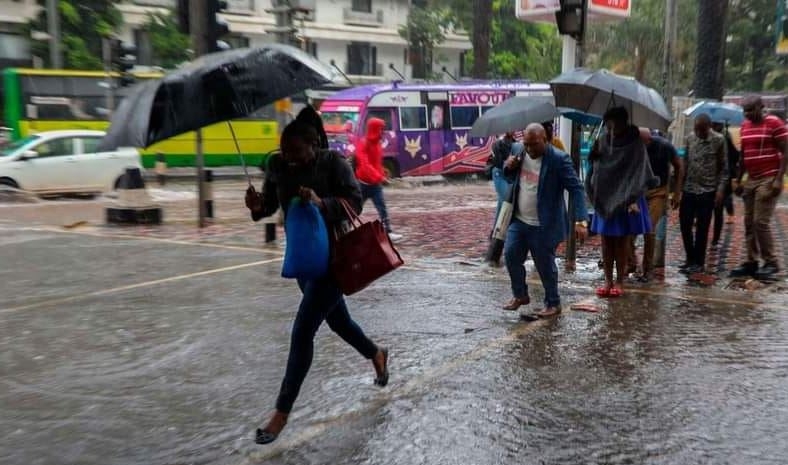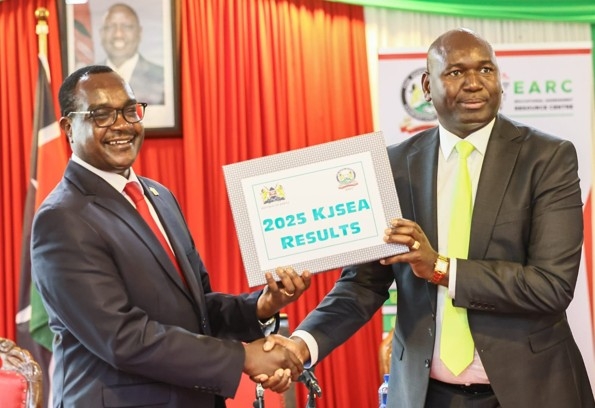Since 2000, the world has annually recognised the work of veterinarians and their contributions to improve animal health and welfare, as well as public health on the last Saturday of April during the World Veterinary Day. This year the theme for the celebrations is “Veterinarians as Essential Health Workers”
The public has a strong appreciation of the important role of veterinarians who are engaged in clinical practice, caring for the health and welfare of farm, companion and wild animals.
The clinical veterinary practitioner is often at the forefront of protecting human health through the diagnosis and treatment of animal disease especially in human populations dependent on animals for food and labor for their economic and emotional wellbeing.
However, there are myriad of other roles veterinarians play in protecting and advancing human, animal, and environmental health that are less recognized by the public, yet are essential to the continued well-being of people and animals at the local, national and global levels.
The training of veterinarians, which includes both animal health (including zoonoses – infectious diseases transmitted between animals and humans) and food hygiene components, makes them uniquely equipped to play a central role in ensuring food safety, especially the safety of foods of animal origin (meat, milk and eggs). Food safety and quality are best assured by an integrated, multidisciplinary approach, that considers the whole of the food chain.
The preventive approach of eliminating or controlling food hazards at source, is more effective in reducing or eliminating the risk of unwanted health effects than relying on controlling the final product. In many countries the role of the Veterinary Services has been extended to cover all the stages of the food chain in the “farm to fork” continuum. By ensuring that animal health and welfare is optimal, veterinarians contribute to food security as a healthy and happy animal tends to produce more quality products.
Veterinarians are also critical in investigating animal and human disease outbreaks, developing and implementing programs to enhance understanding of the occurrence and distribution of diseases and the subsequent diagnosis, treatment, prevention, and eradication of such diseases.
This goes hand-in-hand with being part of a global surveillance system which enhances the early detection and response to disease threats. This role is critical when one considers that in the past three decades nearly 75% of all emerging human infectious diseases worldwide originate from animals. To further mitigate against diseases, Veterinarians are key in the research on animal, human and environmental health and welfare. They also evaluate the safety and efficacy of medical, medicinal and nutritional products for both humans and animals.
It therefore goes without saying that to provide safe and nutritious food and adequate healthcare for the growing global population that is estimated to reach 9 billion by 2050 (25% of whom will be in Africa), the health professions must work together. Furthermore, it is now recognized that the health of humans, animals, plants and the wider environment are closely linked and inter-dependent hence to achieve optimal health outcomes the health professionals must work through a One Health approach.
This is an integrated, unifying approach that aims to sustainably balance and optimize the health of people, animals and ecosystems by mobilizing multiple sectors, disciplines and communities at varying levels of society to work together.
Given the breadth and depth of veterinary medicine, the profession is an essential component of the One Health approach. Nowhere was this best illustrated than during the Covid-19 pandemic, a human public health crisis resulting from a virus of potential animal origin. In Kenya, the Center for Epidemiological Modelling and Analysis (Cema) brought together a multidisciplinary consortium of clinicians, statisticians, infectious disease specialists, epidemiologists and veterinarians to advise the Kenyan government on the Covid-19 responses.
This approach has been used locally and globally for the control of other priority zoonotic diseases such as Rabies, Anthrax and Ebola. Furthermore, numerous cross-cutting issues, such as Antimicrobial resistance (AMR), food security, food safety, climate change, biodiversity loss & conservation and weak health care infrastructure, need to be addressed from a multisectoral and multidisciplinary perspective, which the One Health approach guarantees.
This may be the reason why the drafters of the Kenya Constitution (2010) found it necessary to place Veterinary Services as part of County Health services. This year’s World Veterinary Day celebrations may be an opportunity for us as a country to review and evaluate the essential role that Veterinarians play in the delivery of optimal human, animal and ecosystem health outcomes. The country needs to move away from the current curative approach to healthcare and embrace the preventive approach which is underpinned by the One Health approach that allows key sectors to come together for the improvement of healthcare services.
Dr Victor Yamo is the executive director at GOHAA and is also a past chairperson of both the Kenya Veterinary Board and Kenya Veterinary Association.

















